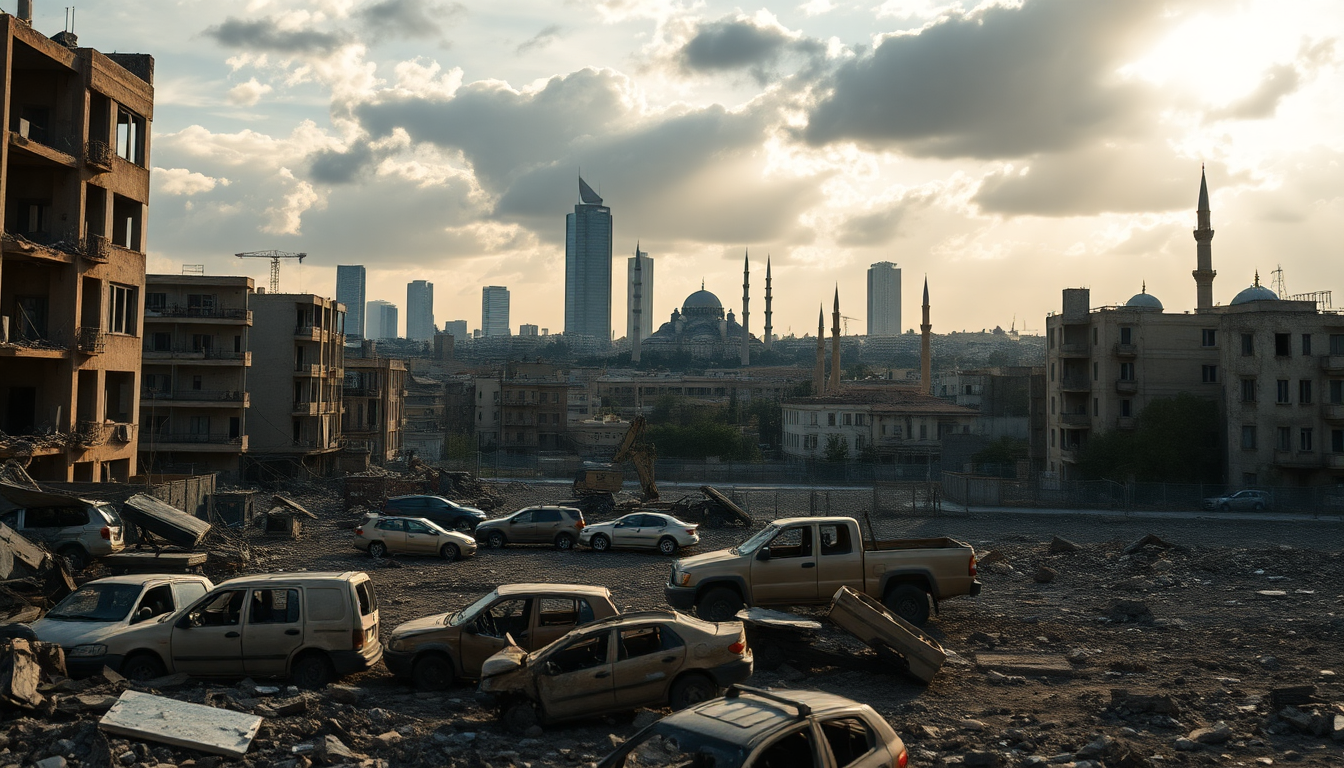Table of Contents
The volatile landscape of the Middle East has recently shifted from a raging conflict to a fragile ceasefire, often dubbed ‘the 12 Day War’ between Israel and Iran. But what does this really mean for the region? In this article, we’ll unpack the complexities surrounding the situation, look at the claims made by various leaders—including former US President Donald Trump—and explore whether any side actually came out on top or if this ceasefire is just a brief pause in a much larger struggle.
Overview of the conflict
Since the fighting erupted, the region has seen a rapid escalation in military actions, culminating in a series of Israeli and American strikes aimed at Iran’s nuclear facilities. These operations were launched with the intent of neutralizing what Israel sees as an existential threat.
Trump’s announcement of a ceasefire caught many off guard, especially considering the intense conflict that had just unfolded, during which Iran retaliated with missile strikes against U.S. bases. This swift change in tone really underscores how unpredictable Middle Eastern geopolitics can be.
On one side, Israel claims to have achieved significant military objectives, successfully carrying out operations deep within Iranian territory. On the flip side, Iran has presented itself as a resilient opponent, insisting it has thwarted major threats to its nuclear program.
But this back-and-forth raises an important question: how effective were these military actions really?
Claims and counterclaims: Who gained what?
Israel’s strikes against Iranian nuclear sites mark a historic shift in its military strategy. However, the legality of these strikes remains a hotly debated topic on the international stage.
While Israel argues that it acted in anticipatory self-defense, critics contend that there isn’t enough evidence to support an imminent Iranian threat.
In the aftermath of these military engagements, the situation remains fluid. Though Trump touted the ceasefire as a diplomatic success, it’s crucial to remember that no formal peace agreement has been reached.
The ceasefire merely pauses hostilities without addressing the deeper issues that sparked the conflict in the first place.
Moreover, the confusion surrounding the missile strikes on Israel raises even more questions. Iran has denied any involvement in these attacks, hinting that rogue elements or misunderstandings may have played a part in the escalation. This lack of clarity adds complexity to the narrative and emphasizes just how fragile this ceasefire really is.
Future outlook: What lies ahead?
The path to lasting peace in the region is still shrouded in uncertainty. Some experts suggest that renewed negotiations—possibly involving European powers—could provide a platform for addressing both the nuclear program and broader geopolitical tensions. However, considering Israel’s historical resistance to any agreement that might legitimize Iran’s nuclear ambitions, the chances for a diplomatic resolution appear slim.
Additionally, the internal dynamics within Iran are critical to shaping the future of its nuclear policy. With increasing calls for enhanced oversight over the nuclear program, the Iranian government faces the challenging task of balancing national security with its international obligations.
In conclusion, this recent ceasefire offers just a temporary break in a long-standing conflict. While both Israel and Iran are claiming victory, the reality is a tangled web of military actions, diplomatic maneuvering, and unresolved tensions. As both sides navigate this precarious situation, the risk of renewed conflict looms large—especially if diplomatic efforts continue to stall. So, what do you think? Is peace truly achievable, or are we just witnessing the calm before another storm?





